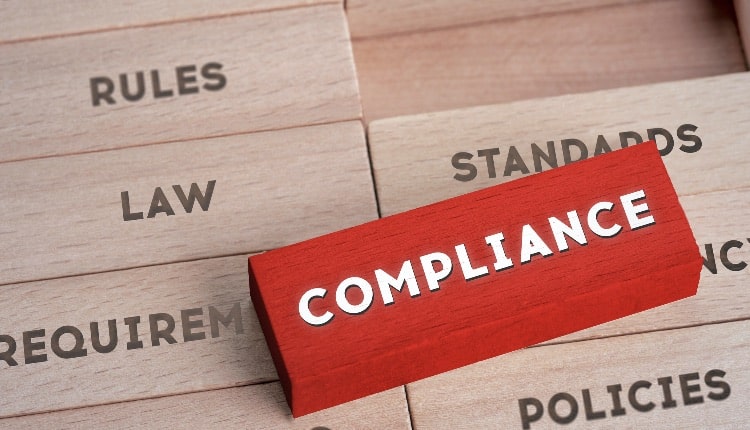
There are no laws governing how many patients a dental hygienist can treat per day, nor do any laws dictate whether a daily patient schedule should be provided. The concern with a too-full schedule is whether you are able to provide the minimum standard of care because you have such limited time or you are not able to adequately prepare for each patient. Most state dental boards have provisions regarding standards of care for the practice of dentistry and dental hygiene. Licensees must practice at or above the standard of care. If dentists or dental hygienists fail to meet the standard of care, they can be held liable and their license will be in jeopardy.
Photo Credit: Prostock-Studio / iStock / Getty Images Plus

Helpful Resource
One helpful resource is the American Dental Hygienists’ Association’s Standards for Clinical Dental Hygiene Practice. These standards should be used in concert with the laws and rules in your particular state that guide dental hygiene practice.
Photo Credit: sefa ozel / iStock / Getty Images Plus

Standards of Care
Per the Standards for Clinical Dental Hygiene Practice, the dental hygienist is required to: complete or update a health history; complete a clinical assessment, including a head and neck examination; perform an oral cancer screening; update radiographs when necessary; provide a periodontal assessment and hard-tissue evaluation; conduct a risk assessment; provide oral hygiene education; create a dental hygiene diagnosis; deliver the appropriate care; and evaluate and document the care provided. Enough time must be allotted to follow these standards or dental hygienists may fall below the standard of care dictated by law.
Photo Credit: anyaberkut / iStock / Getty Images Plus

Time Per Patient
Many variables should be considered when determining the amount of time allotted per patient, such as the planned procedure, patient age, and whether an assistant is used, to name a few. Not being provided a schedule for the day may inhibit a dental hygienist’s ability to adequately prepare for the patient. Clinicians need to be aware of their daily schedule so they can review patient records and plan accordingly.
Photo Credit: franckreporter / E+

Falling Below the Standard of Care
An example of falling below the standard of care is when a dental hygienist does not have enough time to conduct periodontal charting or if there is not enough time for a complete and thorough prophylaxis. If a dental hygienist feels he or she does not have adequate time to comply with the Standards for Clinical Dental Hygiene Practice and meet the standard of care outlined in their dental practice act, a conversation needs to happen between the employee and employer that focuses on the quality of patient care and potential liability. If the situation does not improve, other employment opportunities should be investigated. Dental hygienists should never agree to provide treatment below the standard of care or practice in a manner that would jeopardize patient care or their dental hygiene license.

